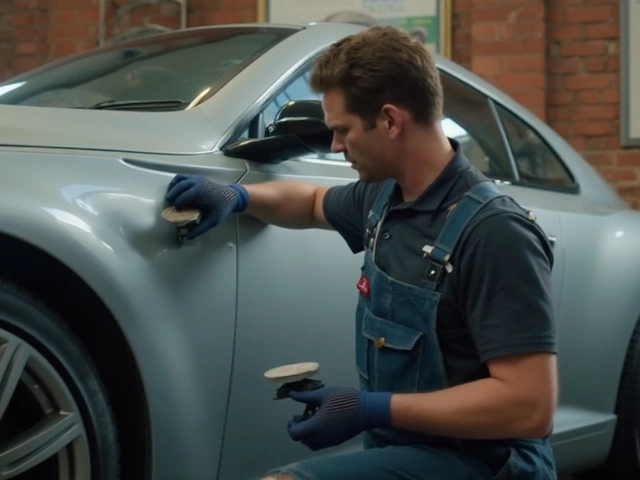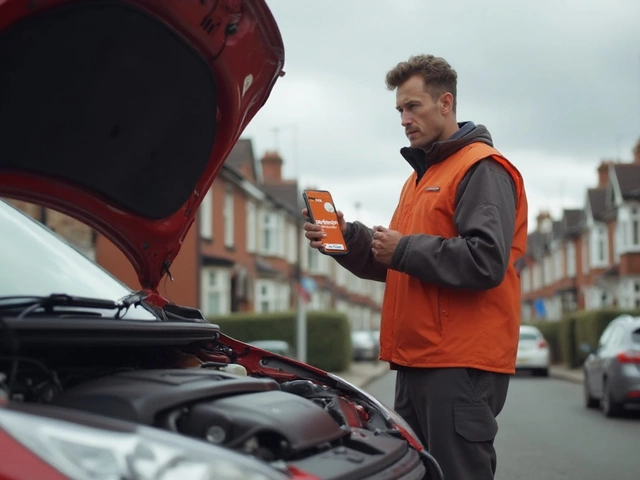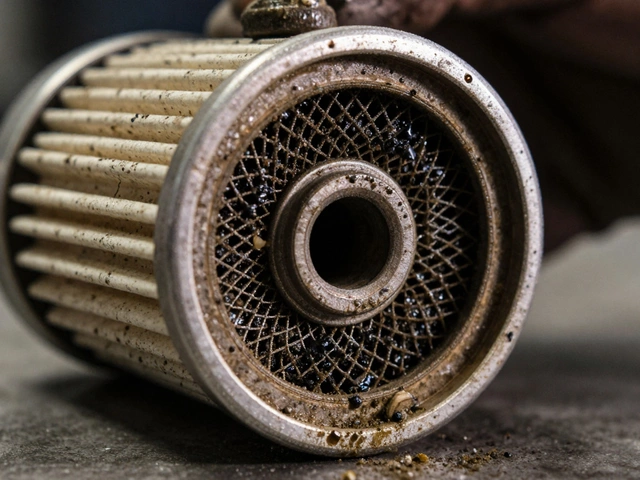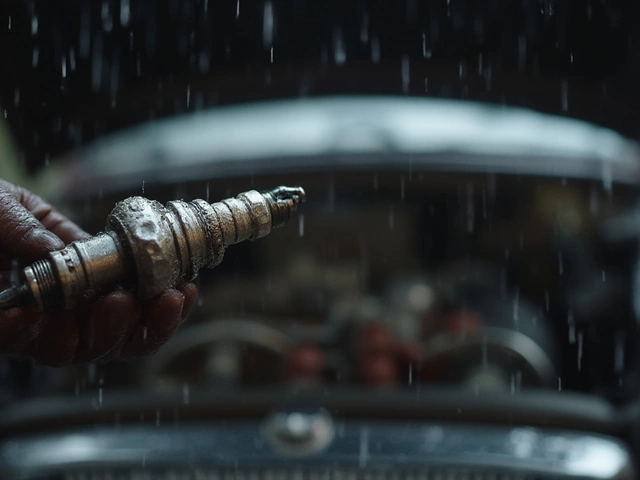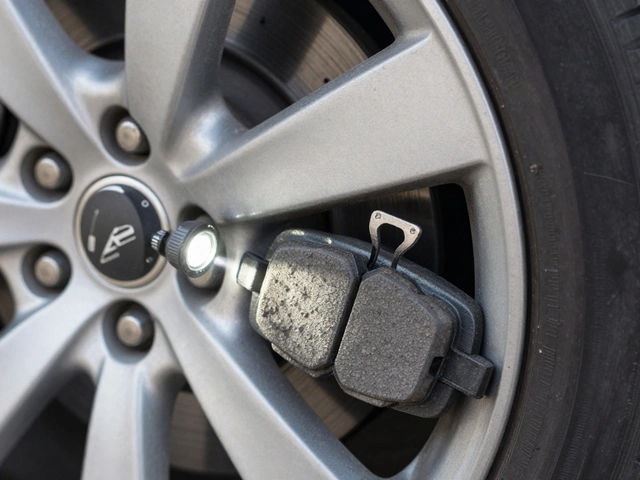Ever felt your car wasn't as zippy as it used to be, especially when shifting gears? Could be your clutch is giving you a heads-up that it's time for a change. Most folks don't think much about their clutch until it starts acting up.
One thing's for sure—waiting until it completely fails can land you in a mess. So, how do you know when it's time to replace your clutch kit? Let's dive into some common signs that your clutch might be on its way out and why acting sooner rather than later is a good idea.
- Understanding Clutch Wear
- Signs It's Time for a New Clutch
- Benefits of Timely Replacement
- DIY vs. Professional Replacement
Understanding Clutch Wear
Alright, let's break down what happens when a clutch starts wearing out. Every time you press that pedal, your clutch engages and disengages to help your car shift gears. Over time, this process causes the components to wear down, which is totally normal but can lead to needing a clutch kit replacement.
Think of it like a pair of shoes. They’re great at first, but after miles and miles of walking, those soles start to wear thin. Similarly, your clutch's friction materials get thinner with use, which affects its performance. Particularly, the clutch disc and pressure plate endure most of the friction, eventually leading to failure.
Common Causes of Clutch Wear
A few usual suspects can speed up wear on your clutch:
- Riding the Clutch: Keeping your foot on the pedal might seem harmless, but it can increase wear.
- Heavy Traffic: Stop-and-go situations mean more clutch engagement, which equals more wear.
- Towing: Carrying heavy loads can be taxing on your clutch, especially if your vehicle isn't designed for it.
Many drivers don't realize that their driving habits can affect how soon they'll need a clutch replacement. Adjusting these habits can actually extend your clutch's life and save you a repair bill.
Typical Lifespan of a Clutch
On average, a clutch lasts between 50,000 to 100,000 miles. But here's the thing—how you drive and the car you own plays a big role in that lifespan. For example, if you do lots of city driving or haul heavy stuff regularly, don't be surprised if your clutch needs replacing sooner. Keep an eye out for symptoms like slipping or a mushy clutch pedal!
Understanding clutch wear can empower you to take the necessary steps to prolong its life and, importantly, recognize when it’s time for a new one.
Signs It's Time for a New Clutch
You might be driving around blissfully unaware that your clutch is asking for a little attention. So, how can you tell if it's time to get a clutch replacement? Let's look at some telltale signs.
Odd Noises
Simple but true—if it sounds like a choir of screeches and grinding noises when you use the clutch kit, that’s a major red flag. It's like your car's way of nudging you awake to the issue.
Slipping Gears
Does it feel like the gear shifts on its own, especially when you're cruising on the highway? Gear slipping can make your drive not just annoying but risky. It's a sign the clutch has lost its grip and needs examining.
Soft or Spongy Pedal
Pushing the clutch pedal should require effort. If it feels soft or mushy like stepping on a wet sponge, your vehicle repair tools should come out soon. This softness indicates a potential problem with the hydraulics or even worn-down components.
Burning Smell
If you catch a distinct burning oil smell wafting through, it's a sure sign your clutch is overheating. Maybe you’re not heading to a bar for that specific fragrance, but this is one you don't want to ignore!
Poor Acceleration
If stepping on the gas doesn't give you the power surge you’re used to, your clutch might be the culprit. When it’s slipping, acceleration goes down the drain.
Notice any of these signs? Don’t turn up the music to drown out the noise. Face the issue head-on. A worn-out clutch isn't just inconvenient—it's a safety hazard.

Benefits of Timely Replacement
Replacing your clutch kit on time has more perks than most people realize. It's not just about keeping your car running smoothly; it's about preventing bigger problems down the road.
First off, safety is a big deal. A slipping clutch can make your car hard to control, especially during those quick gear changes. This can be dangerous, especially if you're in heavy traffic or going up steep hills.
Next, think about fuel efficiency. A worn-out clutch can cause your engine to work harder than it needs to, which means more trips to the gas station. Who doesn't want to save a few bucks every week?
Long-Term Savings
Catching clutch problems early means you avoid damage to other parts of your car's transmission system. Let's face it, gearbox repairs aren't cheap. Spending a bit now can save you a ton later.
Peace of Mind
Imagine being out on the open road, without any worries about your car suddenly stalling on you. That's what a new clutch kit can give you—peace of mind. No more strange noises or that burning smell that makes you wonder if you’ll make it to your destination.
According to some shops, drivers who replace their clutch at the first signs of trouble save 20% more in long-term repair costs compared to those who wait until it's completely non-functional.
DIY vs. Professional Replacement
Thinking about swapping out that old clutch kit yourself? It's certainly tempting to save a few bucks and maybe learn a thing or two about how your ride works. But before you grab your toolbox, let's weigh the options.
DIY Replacement
Going the DIY route can be quite the adventure. If you're the handy type with experience in car maintenance, this could be right up your alley.
- Pros: The biggest win is cost savings on labor, which can be significant. Plus, there's the satisfaction of knowing you've done it yourself.
- Cons: It's not all sunshine and rainbows. Clutch replacement is complex and time-consuming. Without the right tools or expertise, you might run into snags that could leave your car stranded.
If you're considering DIY, make sure you have a solid repair manual and possibly a buddy who's done it before. YouTube tutorials can only take you so far!
Professional Replacement
On the flip side, opting for a professional replacement can be a huge relief.
- Pros: Expertise and efficiency are the biggest draws. Mechanics know clutches like the back of their hands, which means you'll avoid potential pitfalls. They'll also have professional-grade tools that make the job smoother and quicker.
- Cons: The main downside? It's going to cost more due to labor fees. But sometimes paying for peace of mind is worth it.
Stuck between choosing? Consider your skill level, time availability, and whether you can handle unexpected hitches. If you’re uneasy at the thought of your vehicle in pieces, maybe the pros are the way to go.


